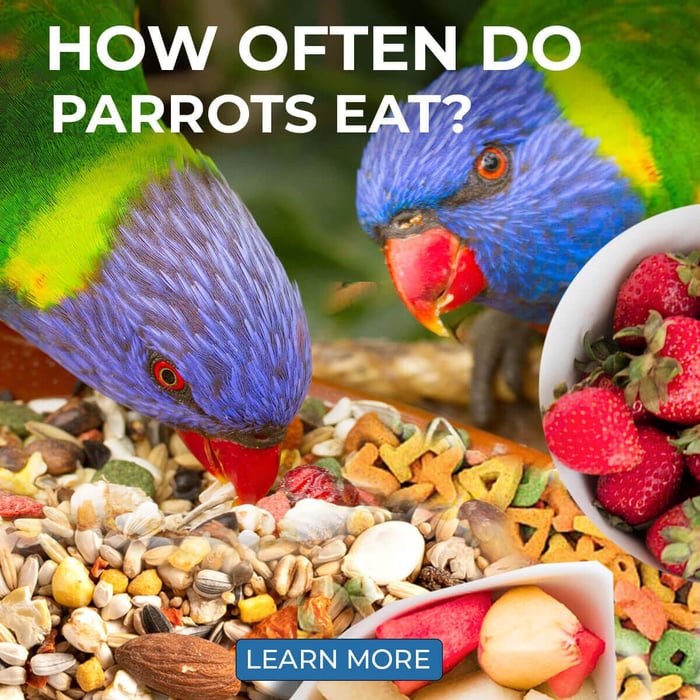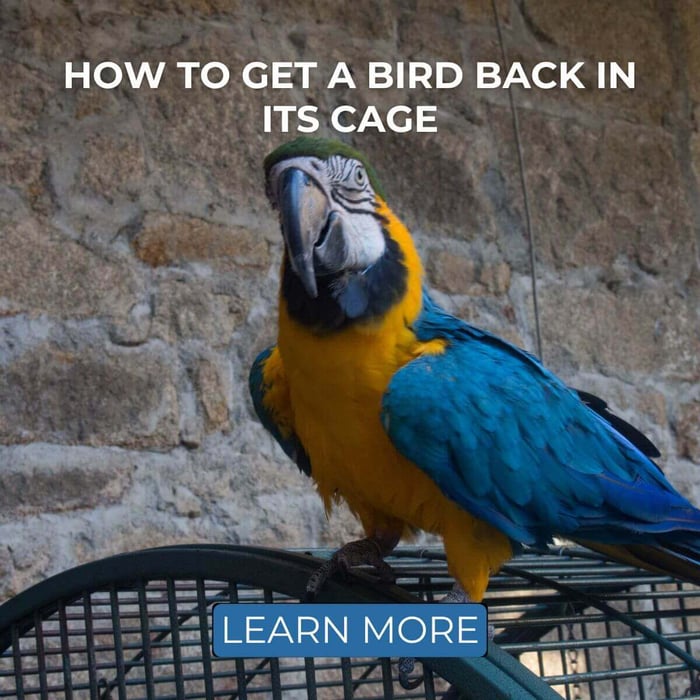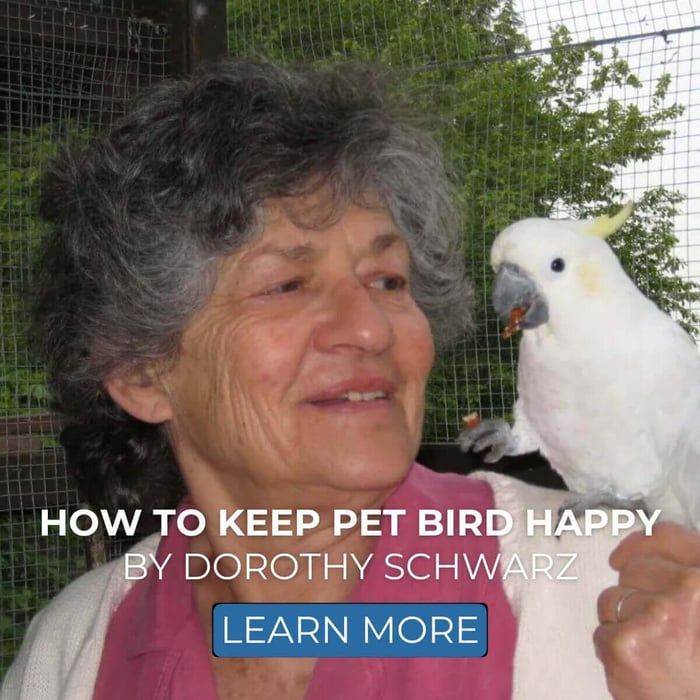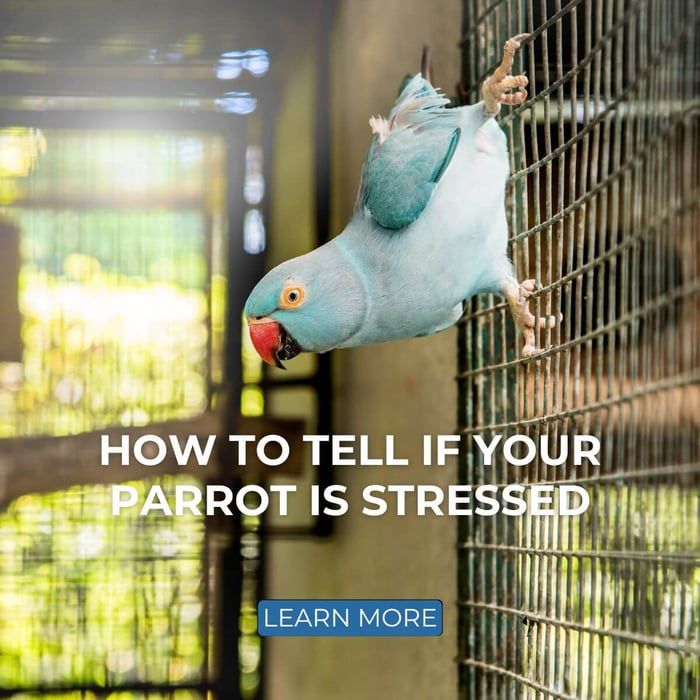How to Keep Your Parrot Happy & Healthy – 12 Simple Steps
Parrots are intelligent, social, and vibrant creatures that can bring immense joy to your life. To ensure a happy and healthy life for your feathered friend, it's crucial to provide the right environment and care. This guide outlines twelve key steps to keep your parrot happy, focusing on their living space, diet, and emotional well-being.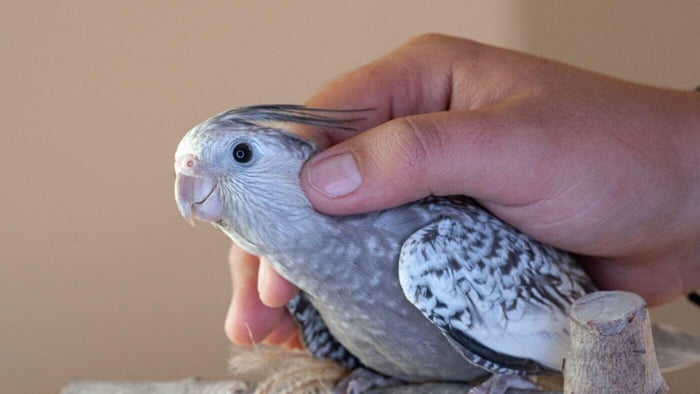
Step 1: Large Parrot Cage
One of the most important aspects of parrot care is providing a large parrot cage. Parrots require enough space to move about freely, fully stretch their wings, and engage in play when you are not around. A cramped cage can lead to stress and behavioural issues, so aim to get the biggest cage that fits your home and budget.
When choosing a cage, ensure it has sufficient room for food and water bowls, perches, toys, and space for your parrot to move around comfortably. A cage that is too small can restrict movement and contribute to health problems over time. Consider investing in a cage with a removable bottom tray for easy cleaning, as hygiene is crucial for your parrot's health.
Step 2: Parrot Diet

To keep your parrot happy, a varied and nutritious diet is essential. Fresh fruits and vegetables should be a staple in your parrot's daily diet. These not only provide vital nutrients but also add variety to their meals. Aim for a colourful selection, including leafy greens, carrots, apples, and berries, as these foods are rich in vitamins and minerals.
It's important to consult with an avian vet or a reputable pet store for advice on suitable food and supplements tailored to your parrot's species and age. A well-balanced diet enhances your parrot's health, promotes feather quality, and contributes to overall happiness. Always provide fresh water, and change it daily to keep your bird hydrated.
Step 3: Parrot Toys
Parrots are extremely intelligent and inquisitive creatures, and keeping them mentally stimulated is vital for their well-being. In the wild, they engage in activities such as foraging, exploring, and playing. To replicate this in captivity, provide a variety of toys that can challenge their minds and encourage physical activity.
Choose toys that can be rotated weekly to maintain their interest. Look for chewable toys, puzzle toys, and foraging toys that encourage your parrot to think and problem-solve. Regularly inspect toys for wear and tear to ensure your parrot's safety. A happy parrot is an engaged parrot, so keep their environment stimulating and fun!
Step 4: Flying Time
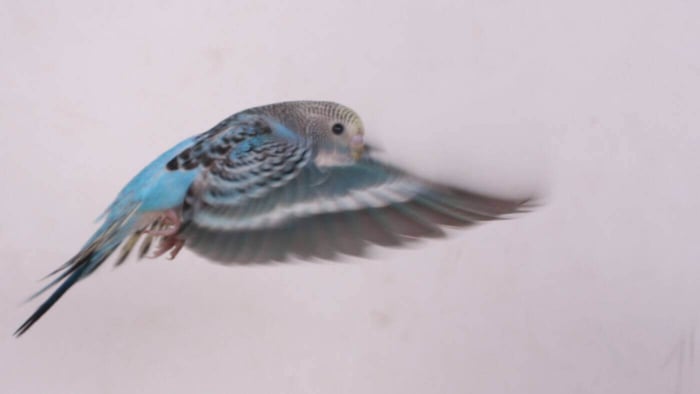
All parrots enjoy time out of their cages, and flying time is crucial for their physical and mental health. Allow your parrot to fly around the house safely, ensuring all windows are shut and the environment is parrot-proofed. This means removing any hazards, such as toxic plants or dangerous objects, that could harm your bird.
Never leave your parrot unsupervised during their flying time, as accidents can happen quickly. Also, avoid clipping your parrot's wings, as this can lead to psychological issues and a false sense of security for you as an owner. Encouraging your parrot to fly helps keep them fit and happy, allowing them to explore their surroundings freely.
Step 5: Water
In the wild, parrots bathe regularly to maintain their feathers. To keep your parrot happy and healthy, provide a bathing option. You can mist your bird with warm water twice a week or offer a shallow dish for them to bathe in. Bathing helps remove dirt and debris, keeping their feathers in top condition.
Ensure the water is shallow enough for your parrot to feel secure while bathing. Bathing not only promotes good feather health but can also be a fun activity for your parrot, enhancing their overall happiness.
Step 6: Parrot Training
Understanding your parrot's body language is key to building a strong bond and a happy relationship. Training your parrot using positive reinforcement techniques can be a rewarding experience for both of you. This method encourages learning through rewards, such as treats or praise and helps to reinforce good behaviour.
Training sessions can involve teaching basic commands, tricks, or even complex tasks. It's essential to be patient and never punish your bird, as this can lead to fear and anxiety. A well-trained parrot is more likely to feel secure and engaged, contributing to their happiness and well-being.
Step 7: Company
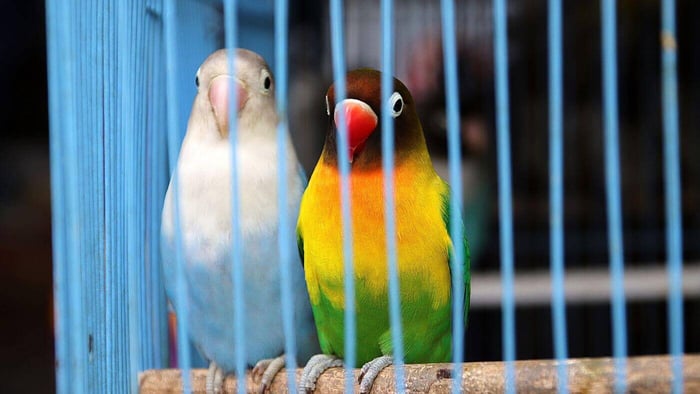
Parrots are social creatures that thrive on interaction, so it's important to provide them with company. Ideally, having another parrot can offer companionship and help meet their social needs. If that's not an option, be sure to spend quality time with your bird daily.
Human interaction is vital for their emotional health. Parrots can become bored and lonely if left alone for long periods, leading to undesirable behaviours. Aim to engage your parrot with activities like talking, training, or simply spending time near them to keep their spirits high.
Step 8: An Aviary
If you have the space and resources, consider providing your parrot with an aviary. This is the ultimate luxury for birds, offering ample space to exercise their wings and enjoy the outdoors safely. An aviary can enhance your parrot's quality of life significantly, allowing them to explore and engage with their environment more freely.
When designing an aviary, ensure it is secure and safe from predators. Include perches, toys, and places to hide, mimicking their natural habitat to help keep your parrot stimulated and happy.
Step 9: Branches
Parrots in the wild are constantly busy chewing on branches and exploring their surroundings. To keep your parrot happy and their beak healthy, provide fresh, bird-safe branches regularly. Aim for once or twice a week to encourage natural chewing behaviour and keep your furniture safe.
Make sure to use branches from non-toxic trees, such as apple, willow, or maple. This not only promotes beak health but also provides mental stimulation, as your parrot can explore and play with the branches.
Step 10: Harness Training
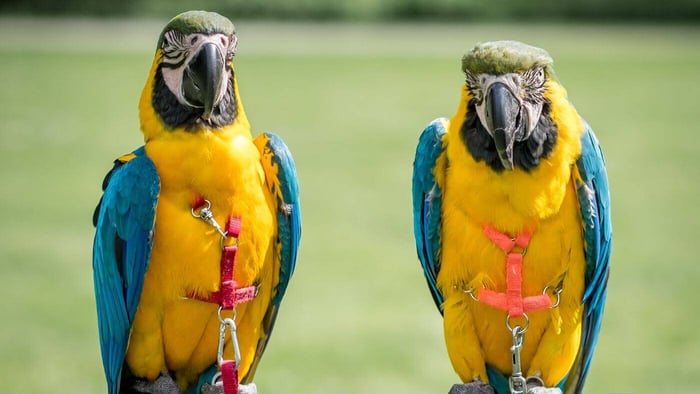
Training your parrot to wear a harness can be a wonderful way to enjoy the outdoors together without the risk of them escaping. Ensure that your parrot is comfortable with the harness before venturing outside. Always choose a good-quality harness and check it regularly for any signs of wear or damage.
When outside, keep the harness securely attached to you to prevent any mishaps. This training not only allows your parrot to experience nature but also strengthens the bond between you, keeping them happy and enriched.
Step 11: Holiday Planning
When planning your holidays, ensure you have reliable care for your parrot. Finding a bird-sitter or a reputable bird-boarding facility is essential. It's crucial to choose someone who understands avian care and can handle your bird appropriately.
Most reputable facilities will require a psittacosis test that is valid within the past year before boarding your bird. Preparing well in advance will ensure that you keep your parrot happy and healthy while away.
Step 12: Avian Vet
Lastly, register your parrot with an avian vet as soon as they arrive home. Avian vets specialize in the care of birds and are equipped to handle their unique health needs. It's wise to schedule an annual check-up to monitor your parrot's health and catch any potential issues early on.
Having a qualified avian vet on hand ensures that your parrot receives the best possible care, contributing to a longer, healthier, and happier life.
Conclusion
To keep your parrot happy, you must provide the right environment, nutrition, social interaction, and healthcare. By following these twelve steps, you can create a fulfilling and enriching life for your feathered friend. Remember, a happy parrot is a healthy parrot, and your efforts will result in a long-lasting bond filled with joy and companionship.

